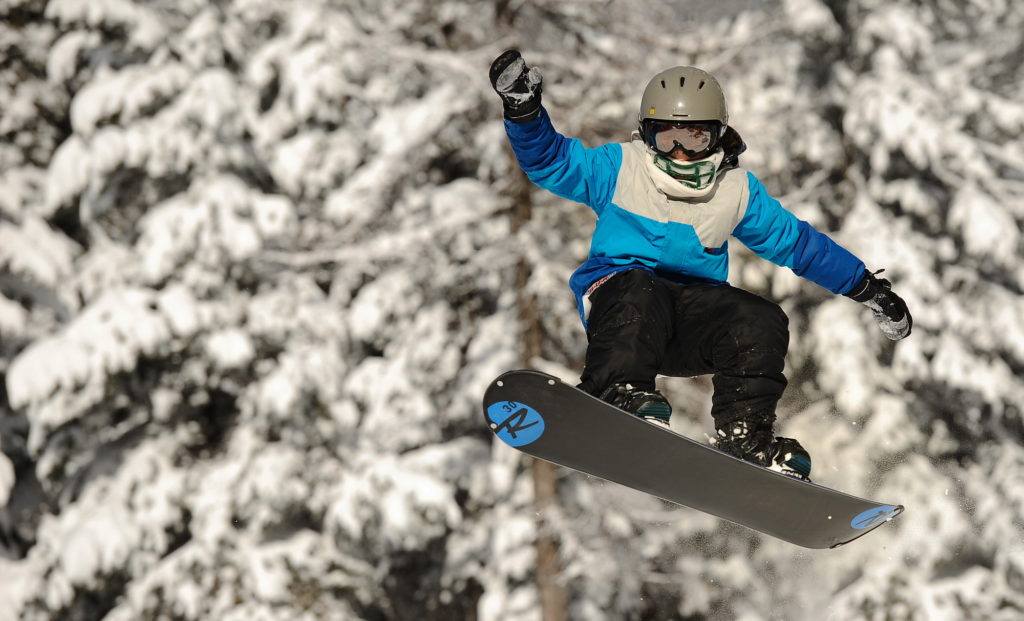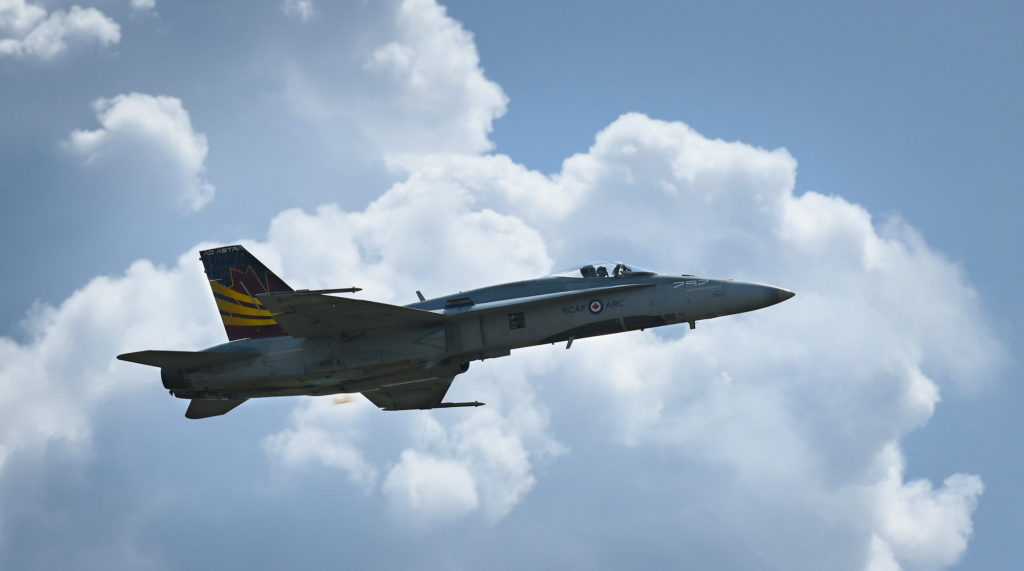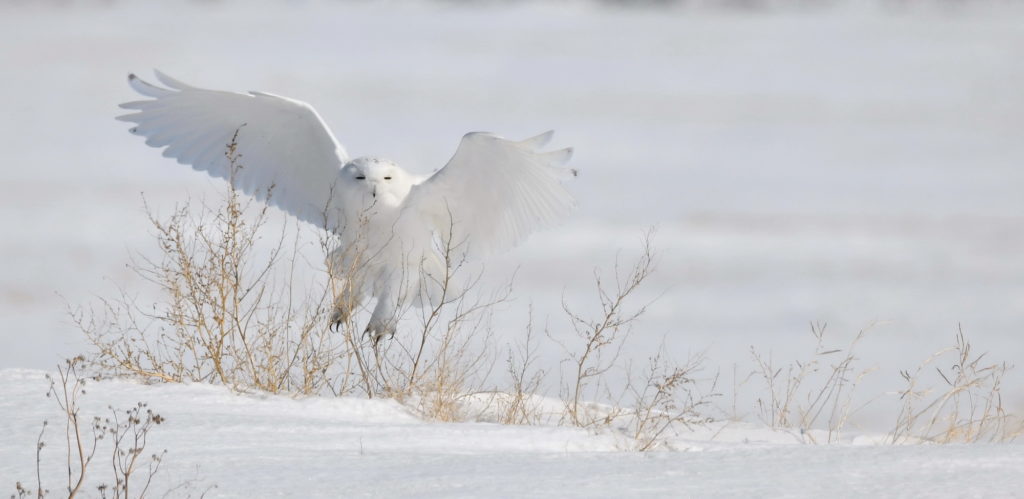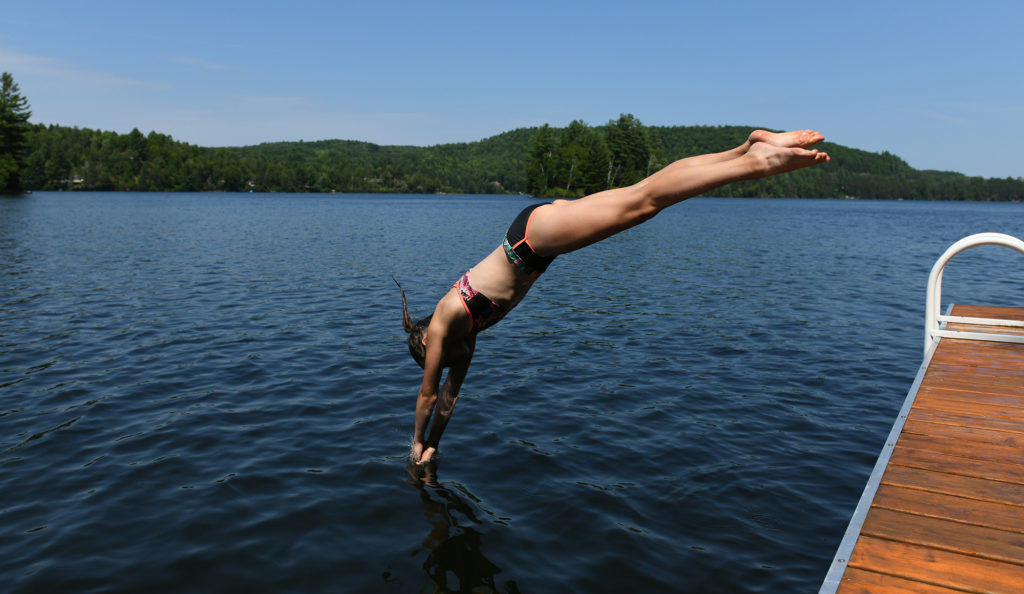Photographing Fast Subjects
Freeze the action
fast-moving subjects
Freeze the action and prevent blur
Concept
Photographing fast-moving subjects is one of the biggest challenges that any photographer can face. Imagine trying to shoot a fish as it jumps out of the water or catches a surfer at the top of a wave. These are difficult subjects and there are very specific settings and techniques to get them right.
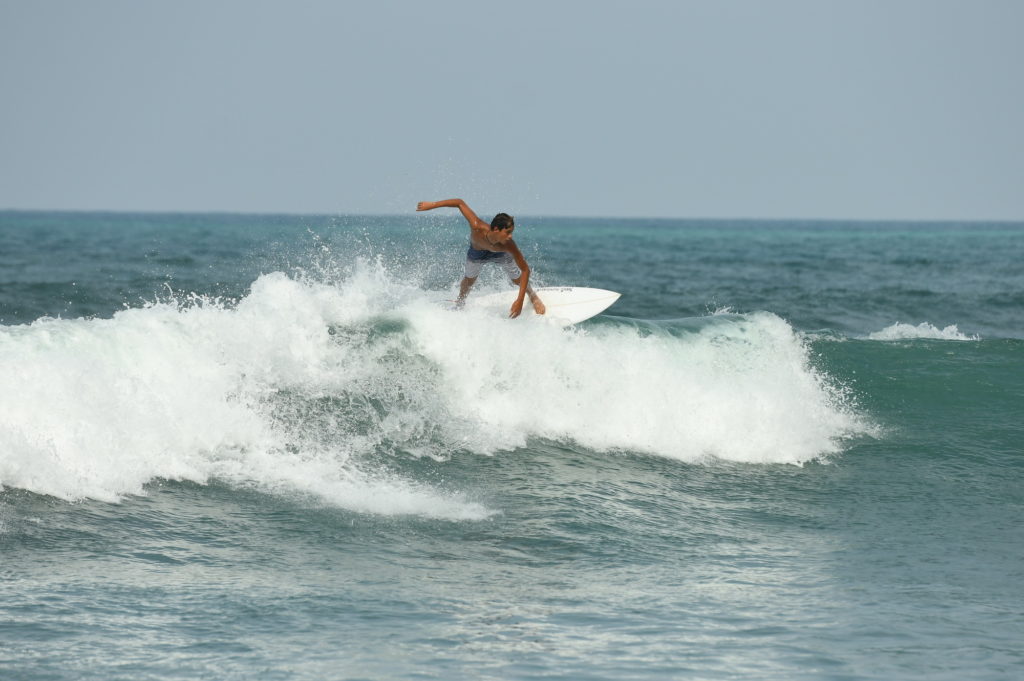
Settings
Exposure Mode: Manual Mode or Aperture Mode
Focus Mode: Generally speaking, shooting fast action requires continuous auto-focus. (Ai-Servo with Canon Cameras and AF-C with other camera brands).
White Balance: Set the white balance to reflect the dominant light source.
ISO: Set the ISO at least one stop higher than you would given the lighting conditions. An example is that on a sunny day at the beach if you were shooting a portrait you would likely be at ISO 200. However, when you are shooting fast action in the same lighting you would raise the ISO to at least 400.
Aperture: MAX Aperture for fast action shooting. (set the aperture to the lowest f-number)
Shutter Speed: The result of the higher ISO and the Max aperture will be a very fast shutter speed. In the example below the shutter speed is 1/4000 and that is what freezes the individual drops of water as they freeze in the cold air.
NOTE: The basic concept here is that by using a slightly higher ISO and the maximum aperture, the net result is a very fast shutter speed. And, it is this fast shutter speed which freezes the action. You will also note that in all of the examples in this lesson, the light is very bright. When the light is not as bright it becomes much harder to freeze the action and the percentage of blurred images will increase.
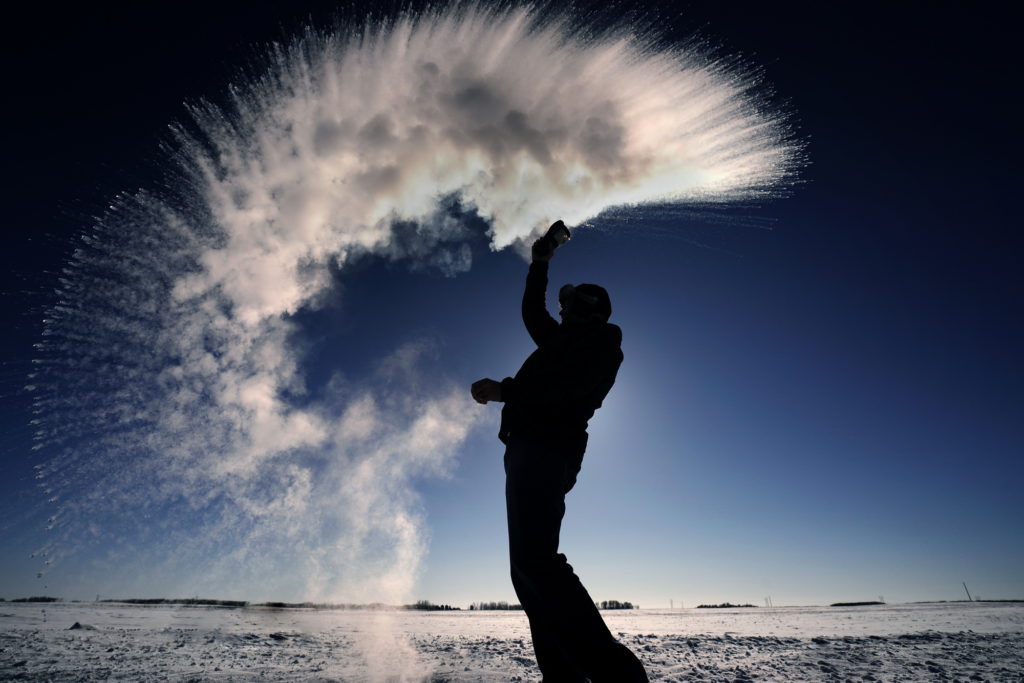
Techniques
Steady the Camera. As with all photography, preventing blurred images is the first priority. When shooting fast-moving subjects such as sports or birds flying you will likely be using a long “zoom” or telephoto lens. When using a long lens, the risk of blurred images increases, and therefore, holding and supporting the camera are very important.
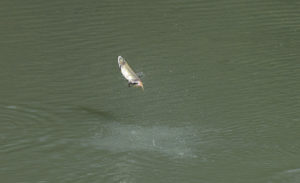
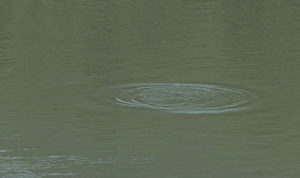 Set the exposure prior to the action starting. Don’t wait until the action is happening to figure out if the exposure is correct. Long before the fish has jumped out of the water or the surfer has hit the top of the wave I have done my test shots to make sure my exposure is correct. Then when the real action happens, all I need to worry about is focusing and shooting as I already know that the image will be correctly exposed.
Set the exposure prior to the action starting. Don’t wait until the action is happening to figure out if the exposure is correct. Long before the fish has jumped out of the water or the surfer has hit the top of the wave I have done my test shots to make sure my exposure is correct. Then when the real action happens, all I need to worry about is focusing and shooting as I already know that the image will be correctly exposed.
Shoot with continuous drive/Burst mode. Perhaps the best tip for shooting fast action is to shoot in continuous drive mode/burst mode. Start shooting before the subject gets to the desired location and keep your finger pressed on the shutter release button.
NOTE: To get that perfect shot of the subject at the top of the wave, or the fish in the air or the bird with its wings in just the right position requires many more photos than just a single shot. It is impossible to shoot just one shot and get that desired result. It takes many shots and you may find that getting that one perfect shot requires dozens or hundreds of failed attempts. Don’t get discouraged and keep shooting.
Continue refocusing non-stop. When you are looking through the viewfinder of the camera and following the subject, you should be constantly feathering the shutter release button and re-focusing. (Read this note below)
NOTE: Theoretically, when you are shooting in continuous focus mode (Ai-Servo on Canon cameras and AF-C on other brands) you should be able to simply keep your finger pressed on the release button and the camera will continue to focus. That’s the theory, however, when you are shooting action sequences, you move, the subject moves and it is very easy for the camera to lose the subject. So keep re-focusing to ensure that you are focused correctly on the subject when the really good stuff happens.
Pick the good light/avoid the low light. As is the case with all photography, the better the light the better the photo. Nowhere is this more true than in action photography. If you are shooting a bird in flight if it is a bright daytime photo you will always get better quality shots than if you shot the exact same scene at dawn or dusk when the light is low.
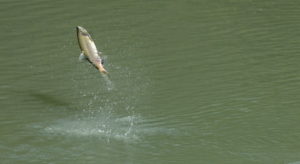 In the example of the fish jumping, the river had areas that were illuminated by sunlight and other areas that were in the shade. I chose to shoot in an area that was lit by sunlight because the quality of the images is better and the chance for blurred images is lower.
In the example of the fish jumping, the river had areas that were illuminated by sunlight and other areas that were in the shade. I chose to shoot in an area that was lit by sunlight because the quality of the images is better and the chance for blurred images is lower.
As an example, if you are shooting your child skiing, you should be looking for a place to shoot where they will be in the best light, rather than in the shade. The better quality images will be in a better light.
Pro Tip:
Keep the camera moving smoothly as you are shooting. While pressing the shutter release button, your hands should continue moving with the subject so that they stay visible in the viewfinder
